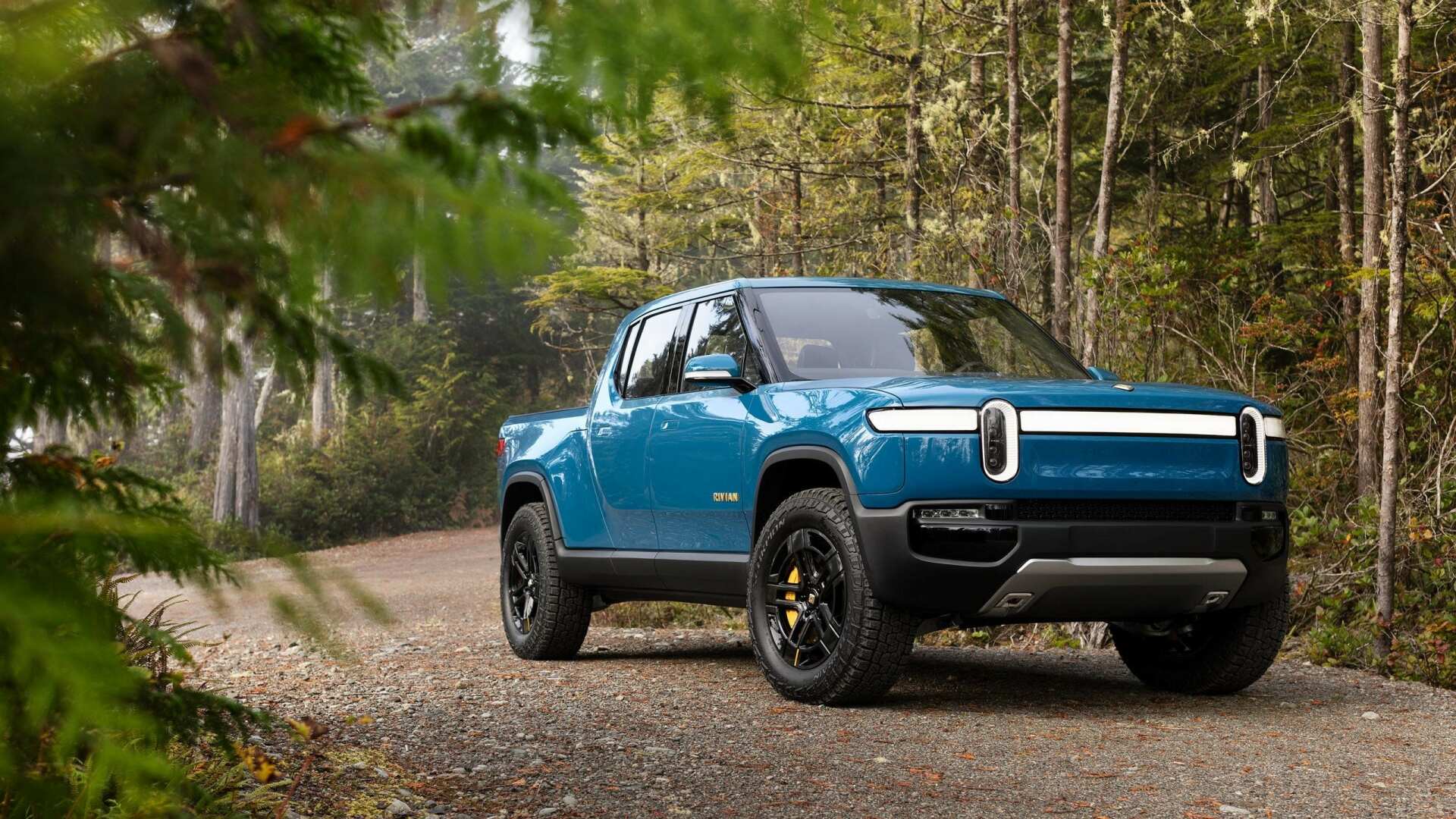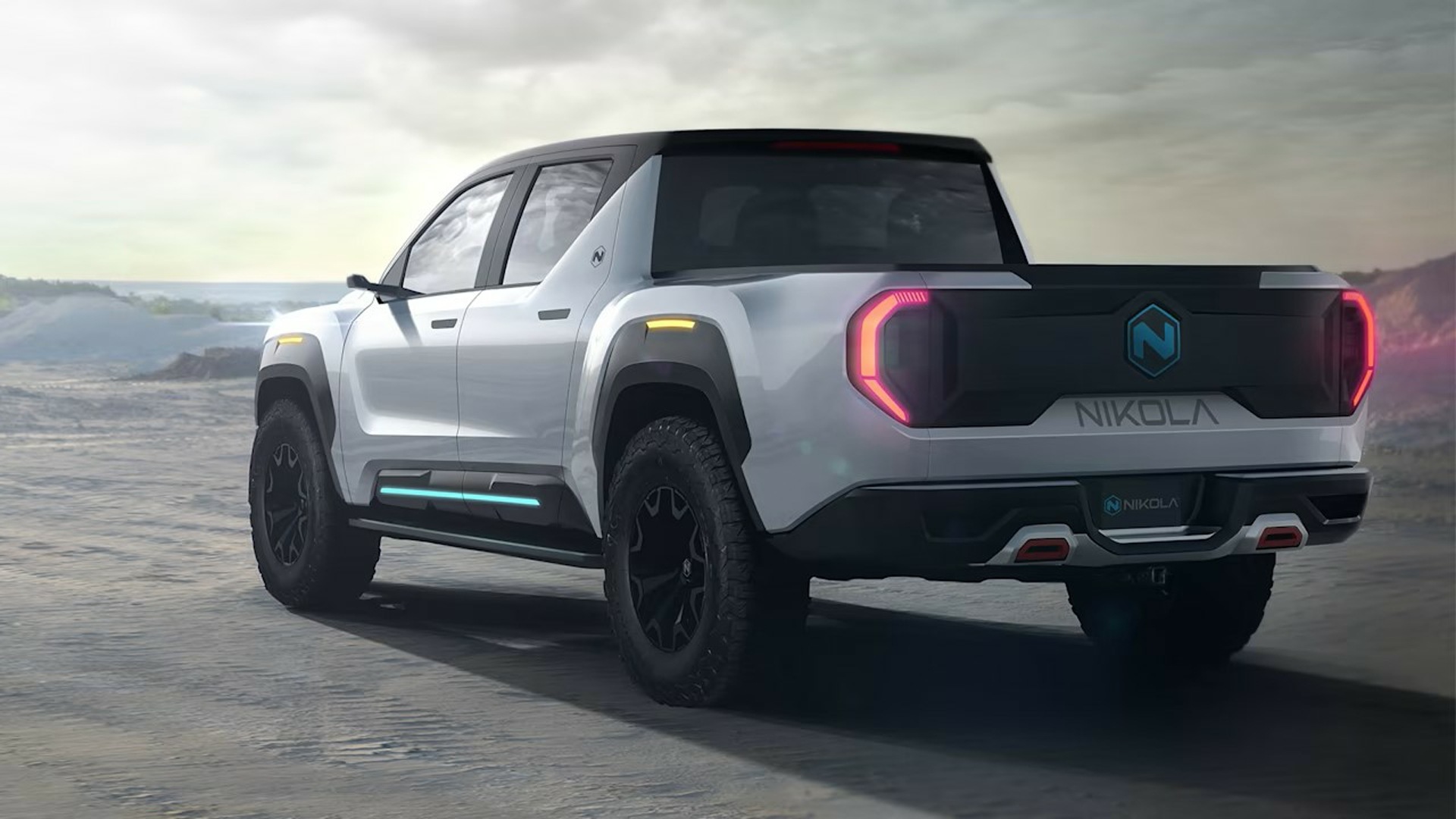The Australian automotive landscape faces a significant challenge as over 100,000 electric utes must be sold annually by 2029 to align with emissions standards, according to a report from the peak body for Australia’s motoring clubs.
With the Federal Government aiming for half of all ute sales to be electric by 2029, the pressure is on to transition to electric models swiftly. Last year, approximately 240,000 new utes hit Australian roads, and if this trend persists, around 120,000 of these vehicles will need to be electric within the next five years.
However, with only one electric ute currently available in Australia – the LDV eT60 – and its sales figures significantly lower than conventional diesel-powered models, meeting this target presents a considerable challenge.
The Australian Automobile Association (AAA), representing major motoring clubs like the NRMA, RACV, and RACQ, recently submitted its proposal for the New Vehicle Efficiency Standard (NVES).

Based on data from the Centre for International Economics, the AAA suggests that electric utes must constitute 50% of total ute sales by 2029 to meet the government’s emissions goals.
The proposed NVES, known as ‘Option B,’ imposes penalties on carmakers for exceeding CO2 emission targets, incentivizing the adoption of lower-emission vehicles.
While the AAA acknowledges the costs associated with implementing such standards, it emphasizes the importance of ensuring affordability and choice for Australian motorists. However, the Motor Trades Association of Australia (MTAA) warns that many automotive brands may struggle to meet the proposed emissions targets.
Citing data from analytics firm Blue Flag, the MTAA suggests that a significant number of companies may fall short of the 2025 NVES target, with even more at risk of non-compliance by 2029.
As Australia navigates its transition to cleaner transport technologies, achieving emissions targets while ensuring affordability and choice for consumers remains a paramount challenge for policymakers and industry stakeholders alike.

